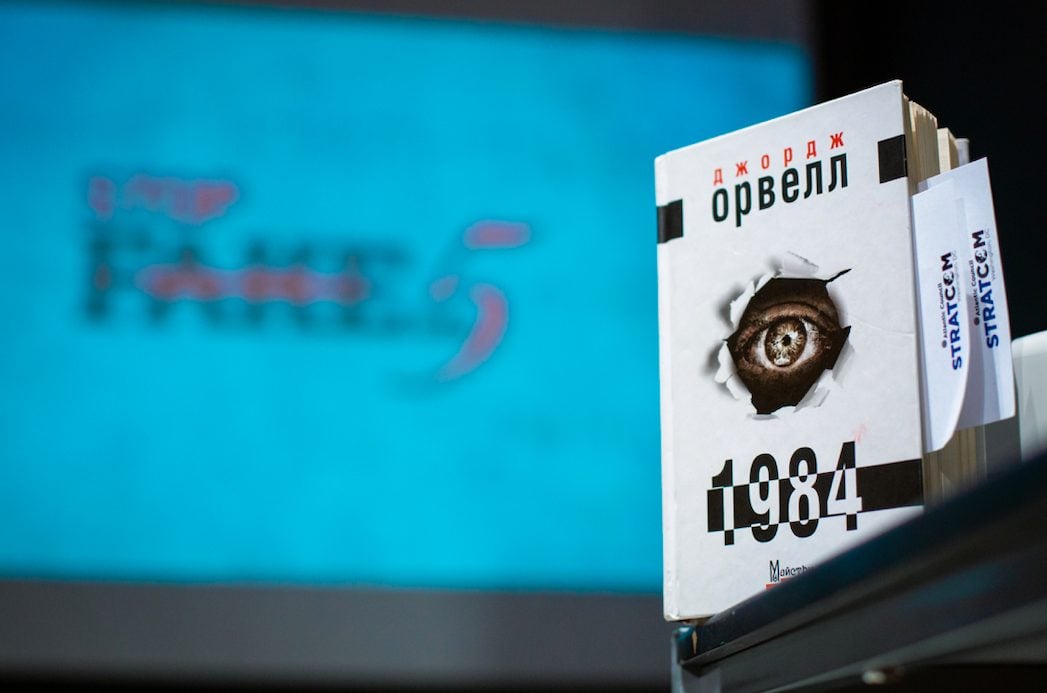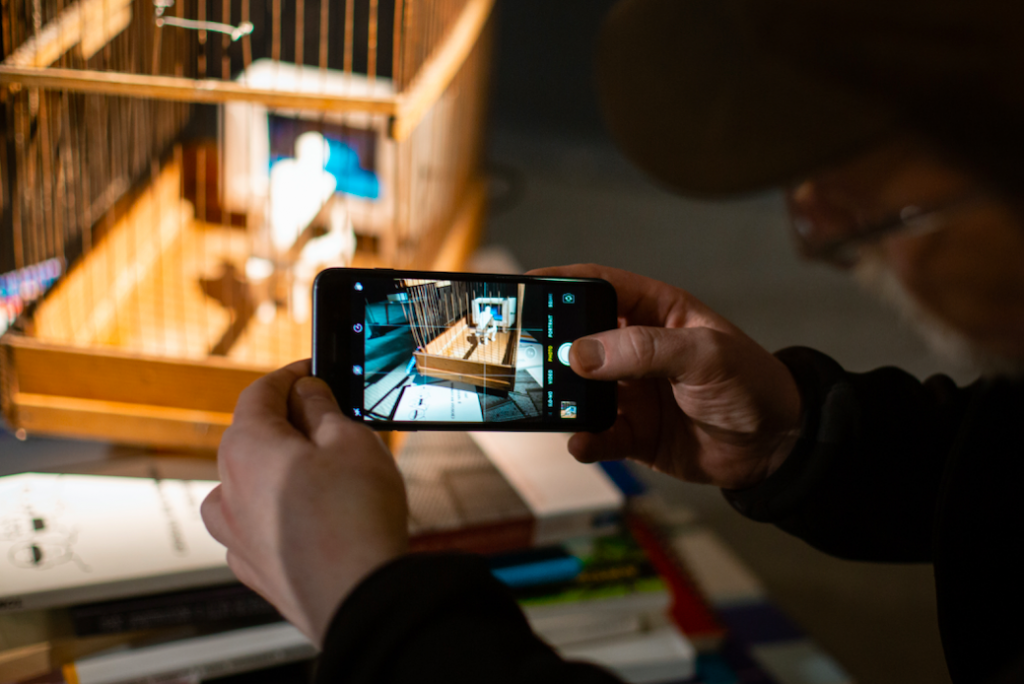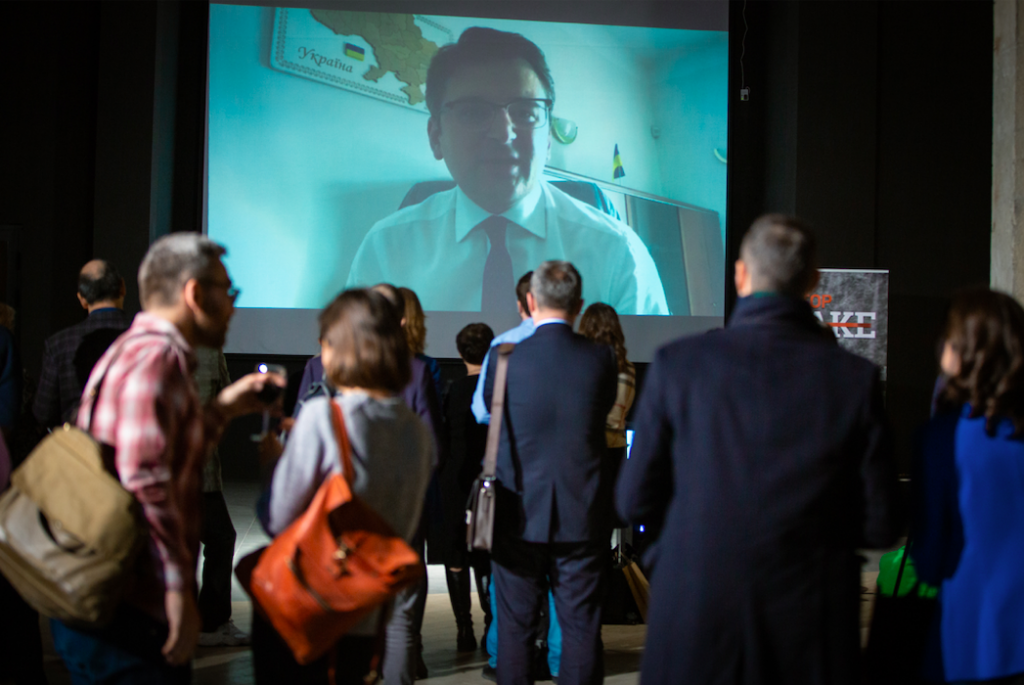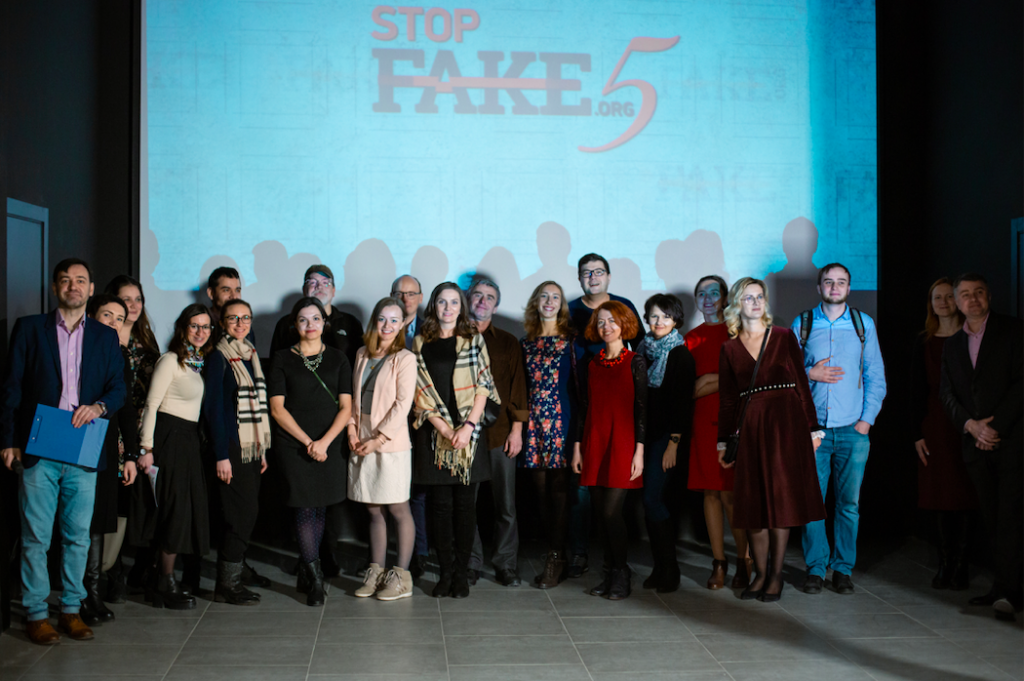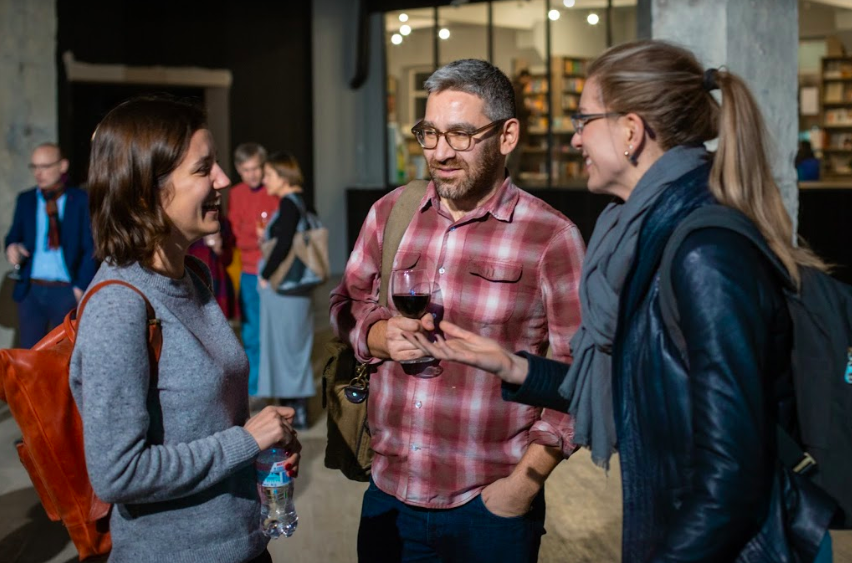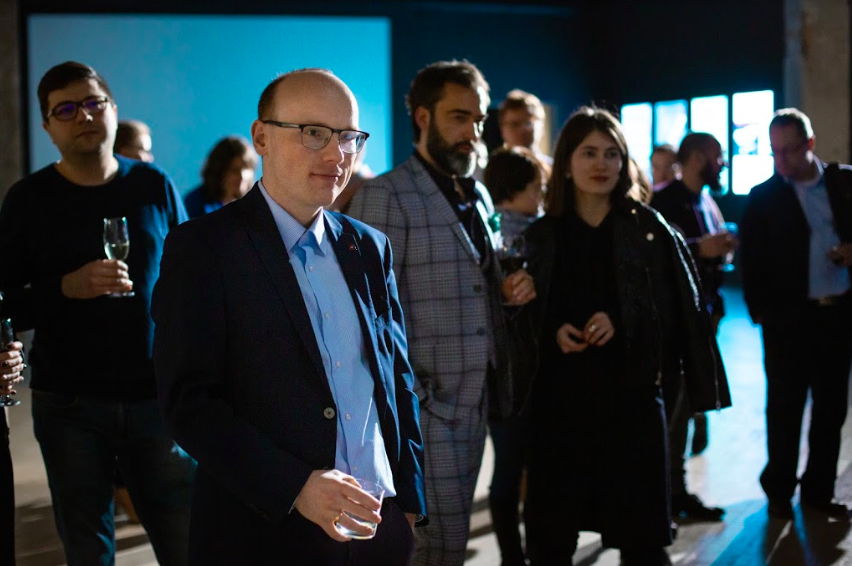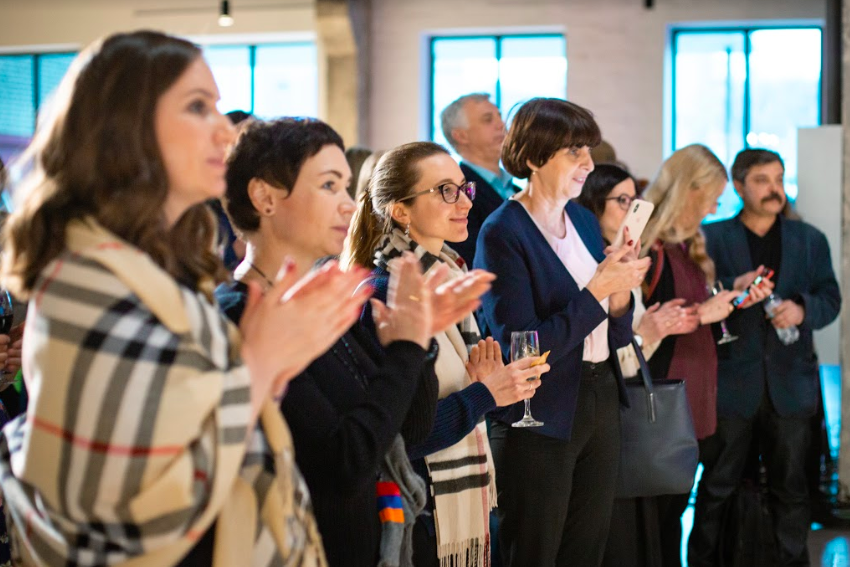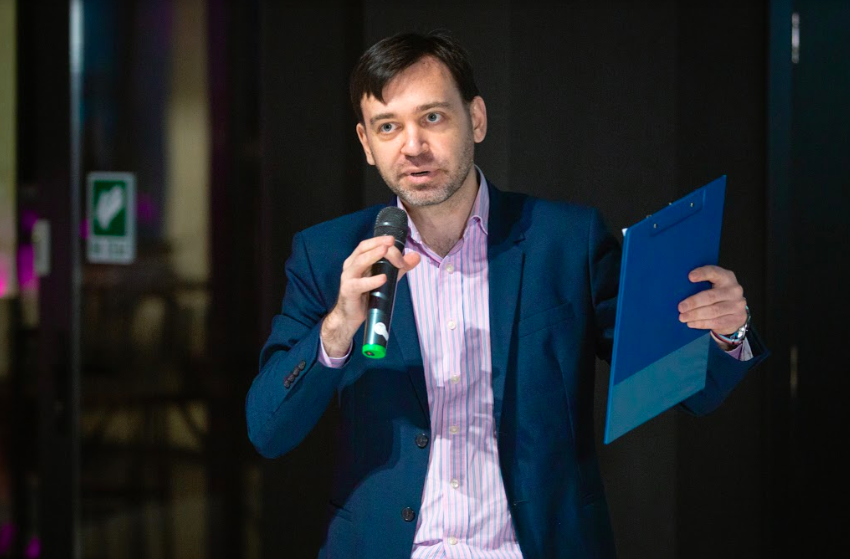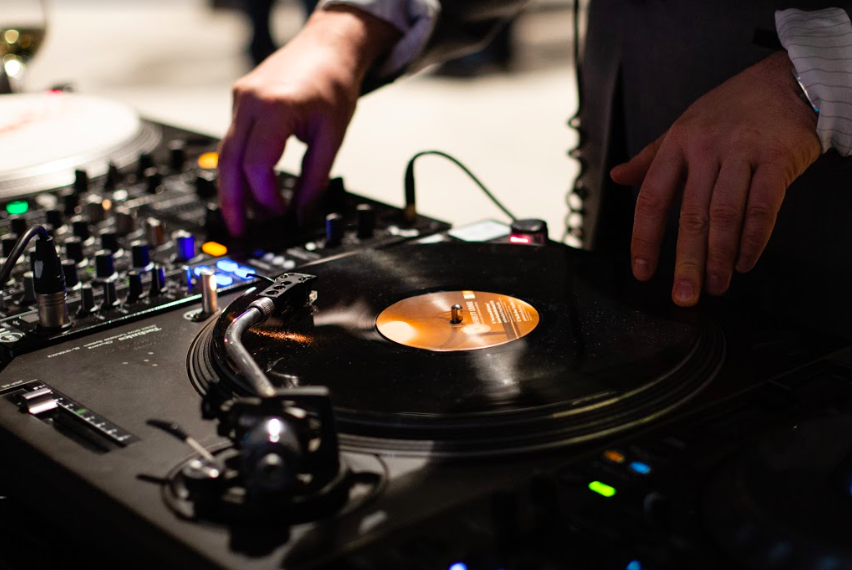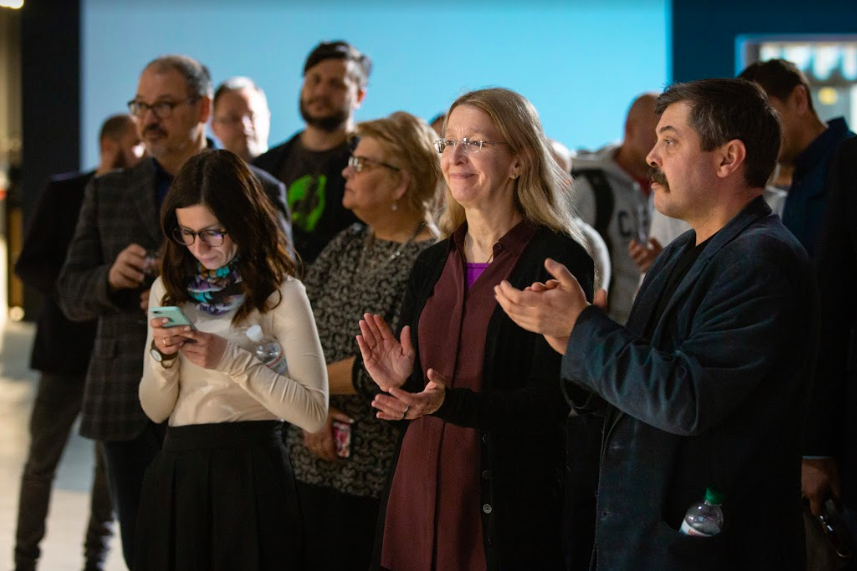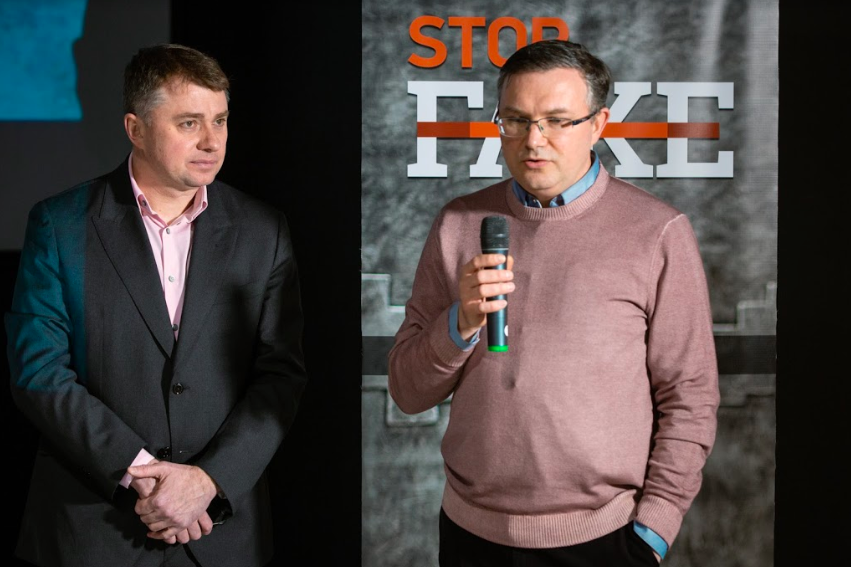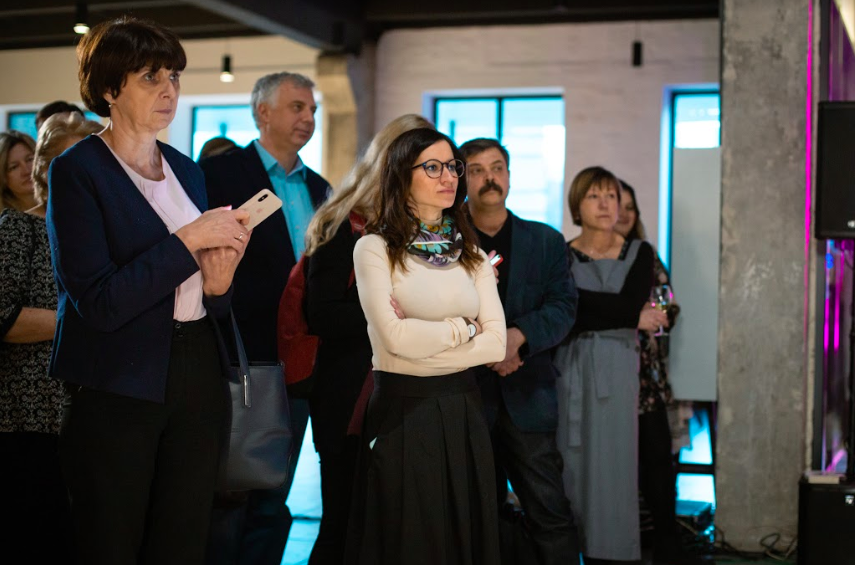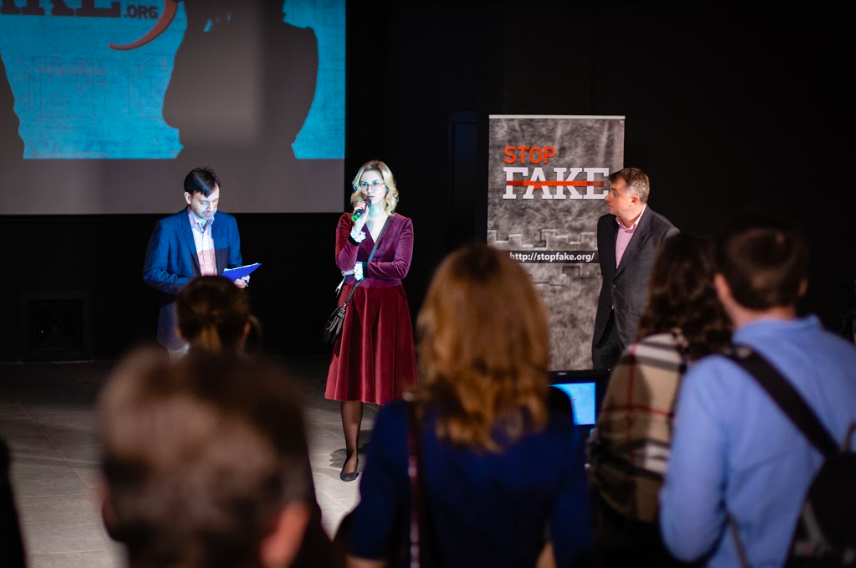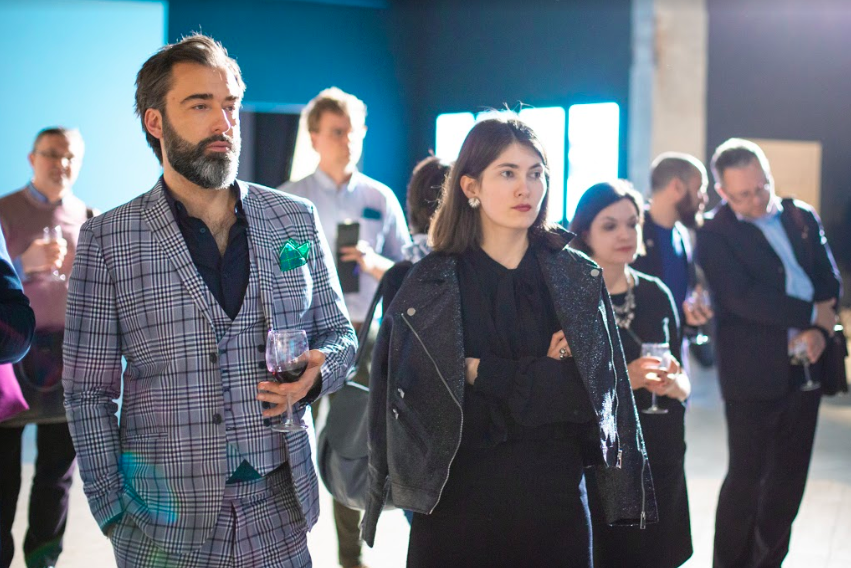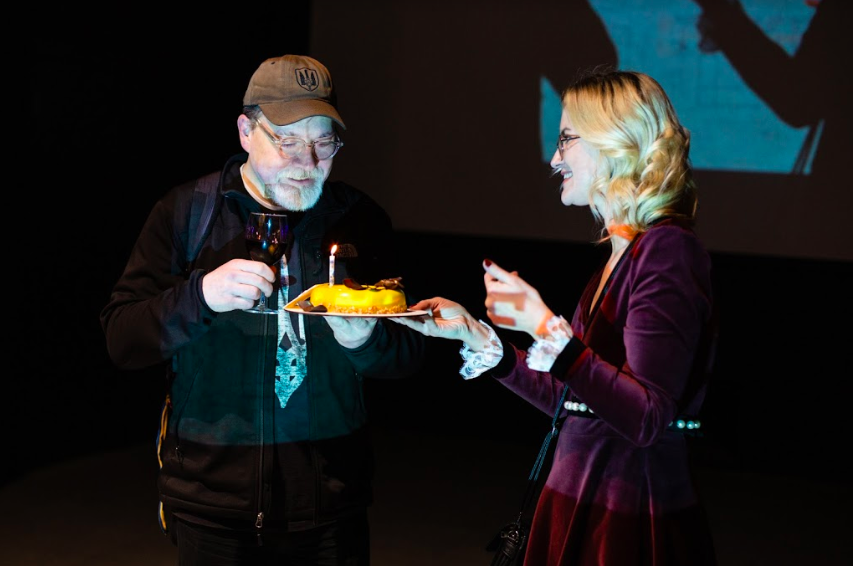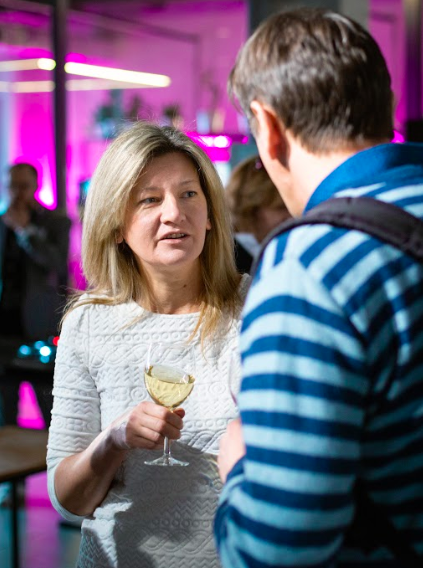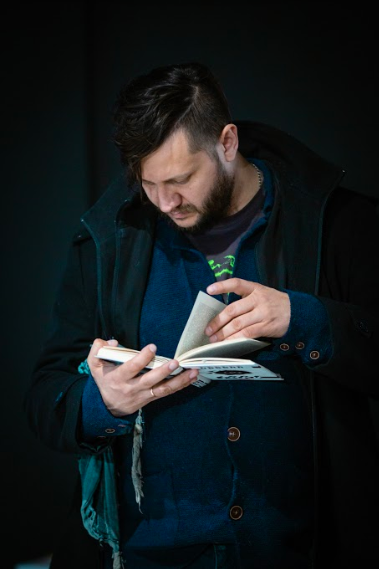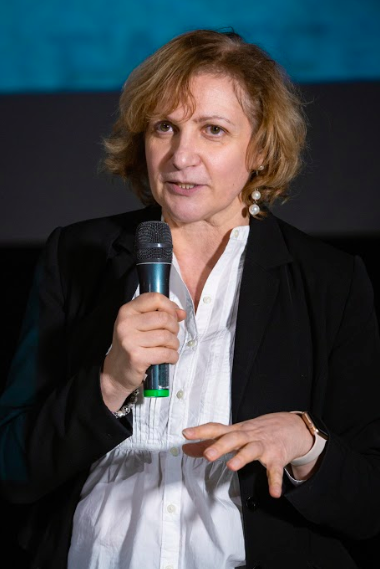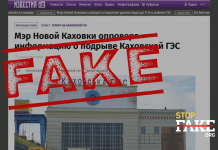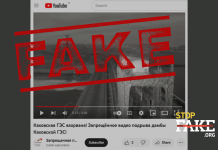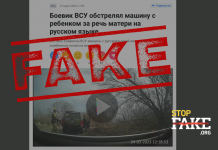StopFake je upravo proslavio 5 godina!
Pročitajte više o razvoju ovog projekta. (na engleskom)
—————————————————–
StopFake: How it all began
Five years ago, during the Revolution of Dignity, when Ukraine’s ex-President Viktor Yanukovych went on the run and Russian troops started to occupy Crimea, Ukrainians simultaneously experienced a massive propaganda attack from Russia. The informational space of Russia, Ukraine and Europe was flooded with deceitful messages from Russian and pro-Russian media that began to write „about the unconstitutional coup in Ukraine“, about the activities of the „junta“, as well as „the legitimacy of President Yanukovych” and the role of the US and the EU in the revolution. It was in those days that the word „fake“ started to become commonplace. That was how journalists and experts started to define false information that distorts real facts and changes reality but is presented as a news story.
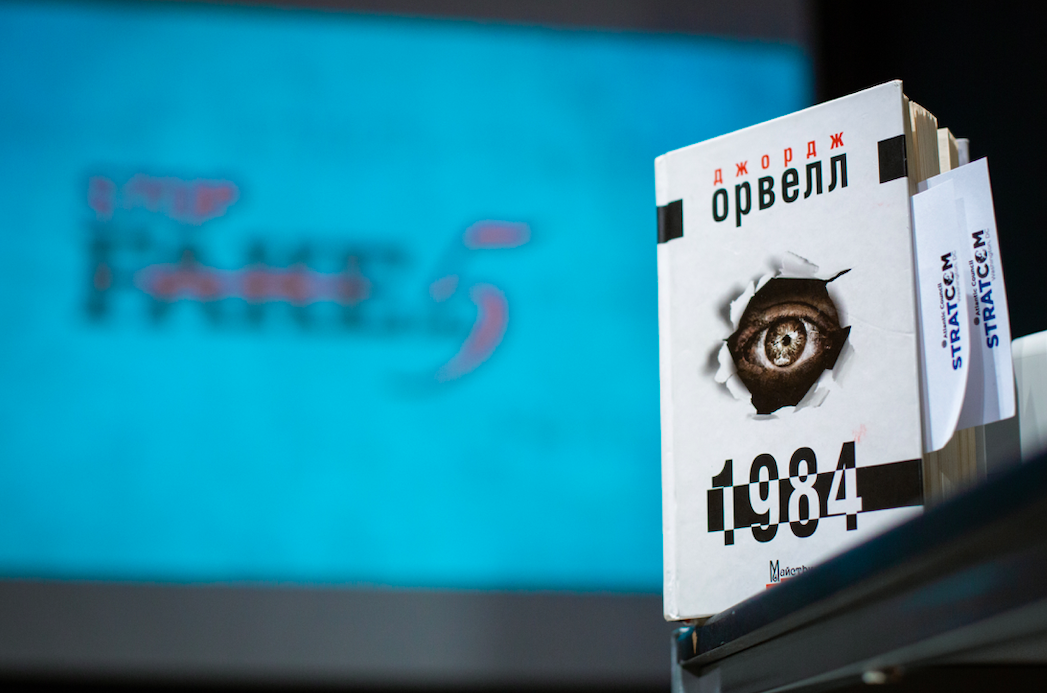
That was the setting at the beginning of March 2014 when the StopFake project came to life. The initiators of the project were teachers, graduates and students of the Mohyla School of Journalism. StopFake started as a volunteer project but over time it assembled a team of professionals working on disinformation and now includes over 40 people. The task of StopFake was to check and refute disinformation and propaganda about events in Ukraine, which were disseminated by Russian media. Besides studying the influence of propaganda on Ukraine, StopFake explores its methods of influence on other countries and regions, primarily the European Union and the countries of the former Soviet Union.
[row][one-third]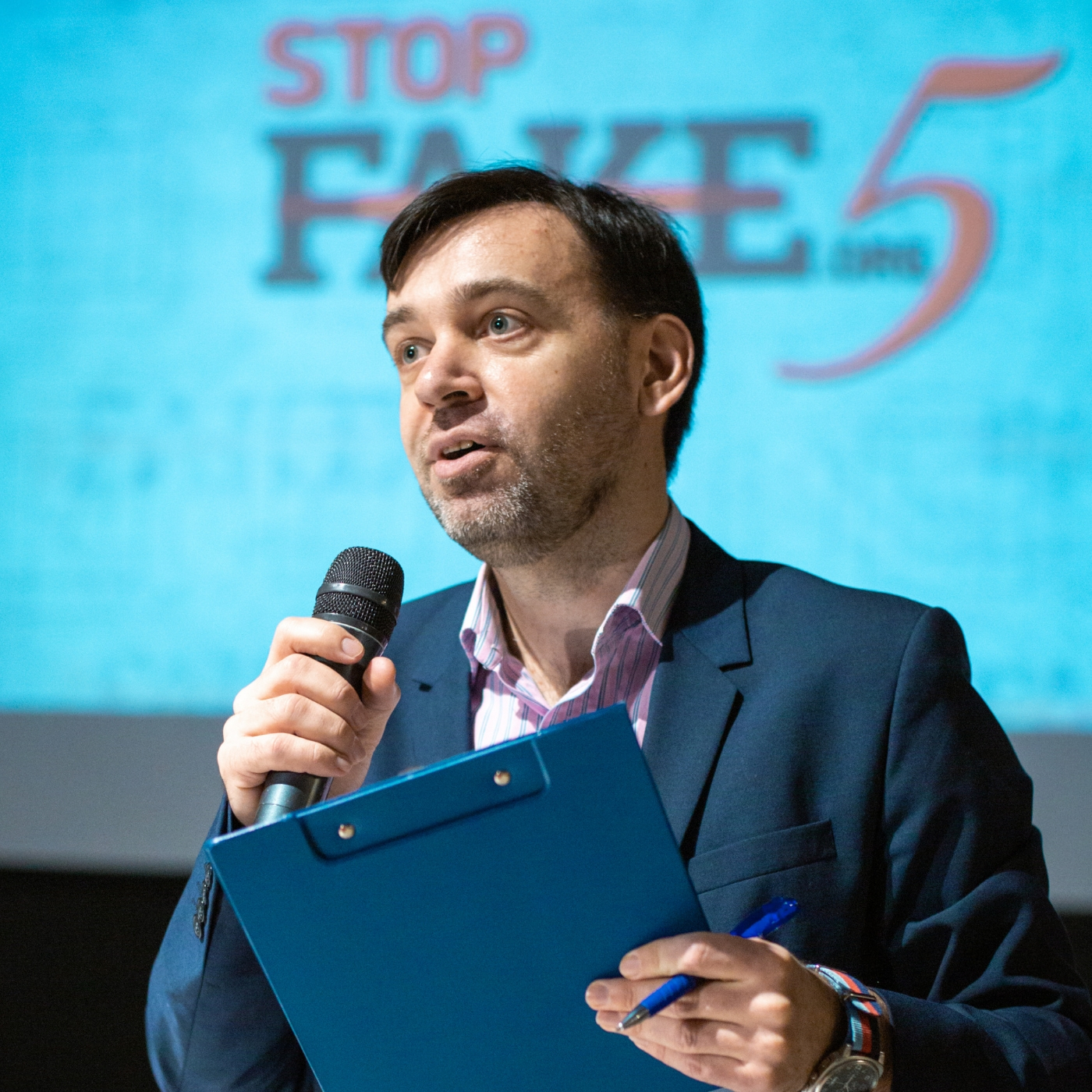 [/one-third][two-thirds]
[/one-third][two-thirds]
“Five years ago, none of the team believed that this initiative would last so long. We responded to the challenges of that time. We did what we thought was necessary and important. Today, StopFake is more than a fact-checking project. It is an analytical hub, which has a comprehensive approach to the problems of propaganda and disinformation. We are engaged in analytical work, monitoring and research, and the development of new approaches in media education. In fact, we created a trend of using fact-checking to test foreign disinformation, collected irrefutable evidence of the existence of a complex Russian disinformation system and raised awareness about this problem at the international level,” says Yevhen Fedchenko, StopFake editor-in-chief and director of the Mohyla School of Journalism.[/two-thirds][/row]
The first refutation appeared on the website on March 2, 2014. In that article, StopFake refuted a fake story by the Russian propaganda agency RIA “Novosti” about the mass defections of the Ukrainian military personnel stationed in Crimea to the side of the Russian authorities in Crimea.
[row][two-thirds]
Olga Yurkova, one of the project founders recalls, “StopFake was born on the evening of March 2, 2014. I was at my workplace and communicated in a Facebook group with my colleagues, with whom I had studied at the “Digital Future of Journalism” program of the Mohyla School of Journalism for journalists and editors. It was the day when “little green men” appeared in Crimea. That was when Russian media just exploded with a huge amount of fake “news” about Ukraine. In the group, we began to discuss how we, as responsible journalists, can help to deal with it. Later we gathered at the premises of Mohyla School of Journalism for brainstorming.”
It resulted in the creation of a website that would refute fake “news” in the media by means of information verification. The post about launching StopFake was shared on Facebook 13,000 times in the first two hours of its existence yet there was still no content on the website. Social networks and emails were literally flooded with messages. For its creators, this was a clear sign that this project was more important than ever.
[/two-thirds][one-third]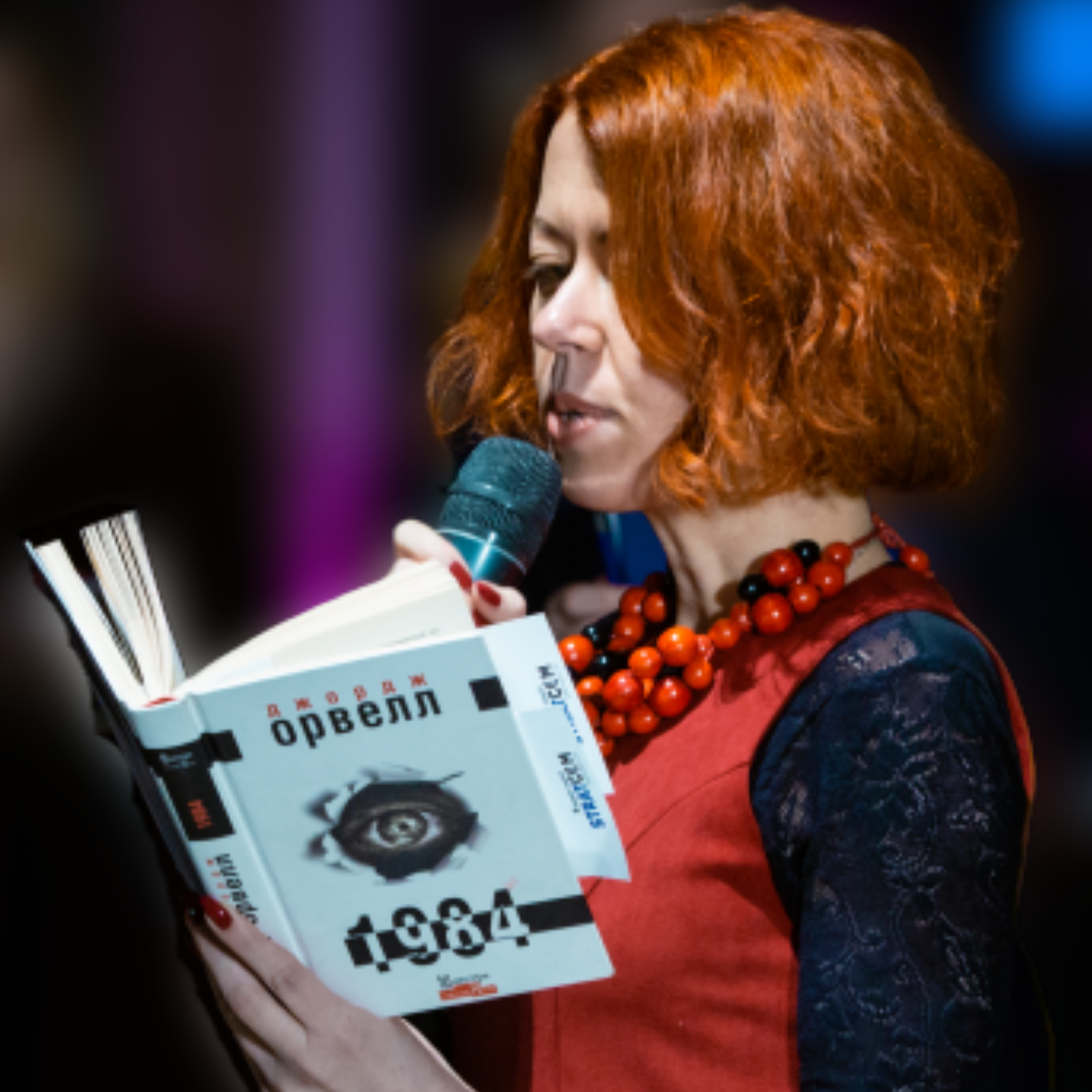 [/one-third][/row]
[/one-third][/row]
Ruslan Deynychenko, Executive Director of the project, wrote his first article for the website in early March 2014.
“At that time the Russian media invented a story that the border areas of the Russian Federation were flooded with thousands of Ukrainian refugees. However, there were no images of the refugees. In the news story, they showed a video from the border crossing point on the Ukrainian-Polish border. It was not hard to check that information. I called the Federal Migration Service of the Russian Federation and asked for information about refugees from Ukraine. A representative of the department told me that they received several phone calls from Ukrainians that week. There was no influx of „thousands of refugees“. However, she mentioned that they were instructed by their management to get ready for refugees. Allegedly, they were already been buying tents, pots, and bedding. I was surprised at that time why they needed to prepare if there were no refugees. A couple of months later, when the Russians unleashed war in the Donbas and the refugees appeared, it became obvious that the Kremlin was preparing for that scenario in advance”, says Ruslan Deynychenko.
During the first month of the project’s activity, 105 articles with refutations of fake news were published on the website. It was a record number for all 5 years of StopFake’s existence. Most fake news stories were about the situation in Crimea, including new fake stories about the “defection“ of Ukrainian military units to the Russian side, as well as false reports about the inactivity of the new Ukrainian government.
It was in 2014 when StopFake refuted the most famous and absurd fake stories, such as the one about the crucified boy, Carlos the Spanish flight operations officer and two slaves.
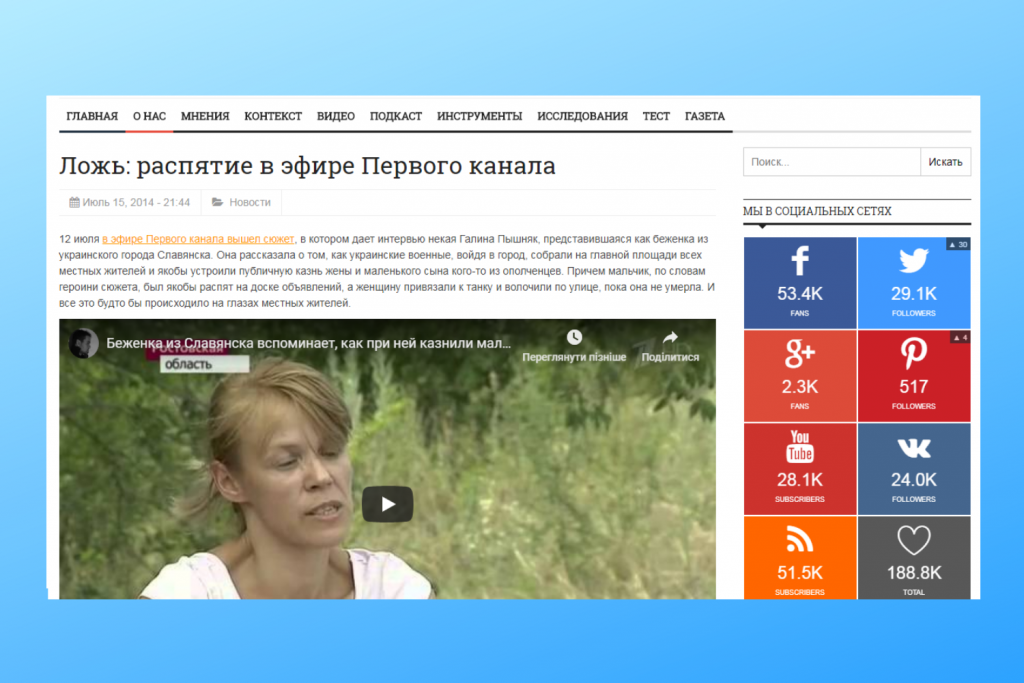
Olena Churanova, media expert and StopFake fact-checker, believes that “the dominance of fakes, the development of hybrid media outlets that say they are media but are actually tools of information warfare, the growing popularity of social networks have given impetus to the development of such an unconventional type of fact-checking. It was exactly the thing that helps to bring clarity to informational chaos.”
Churanova believes that in the 5 years since the start of the Russian disinformation campaign against Ukraine, the approaches to its dissemination have changed.
“It is less blatant lies now. Instead, they use half-truths and manipulative headlines accompanying relatively true text content of the news. Additionally, the influence of quasi-Ukrainian media on the information field in Ukraine has increased, when information sources such as Strana.ua, NewsOne and others refer to some anonymous sources and pro-Russian speakers, they are the first to spread the fake news, later disseminated by the Russian media.”
In the German media, the largest amount of fake news was related to the war in Donbas, says Galina Shimanskaya-Geyer, editor of StopFake German. “Narratives about Ukraine as a “failed state” still remain, because the main goal of Russian disinformation in the German media is to discredit Ukraine, the president and the pro-European government.“
The StopFake team was one of the first to start using fact-checking to fight disinformation and one of the first in the world to draw attention to Kremlin propaganda as a systemic phenomenon that would soon become a leading global threat. According to Jakub Janda, Czech expert and director of the Kremlin Watch project, StopFake put the issue of Russian disinformation on the agenda in Europe. In addition, says Janda, StopFake was one of the prototypes for the creation of the East StratCom Task Force, the European Union’s fact-checking initiative.
“It also played a major role in exposing fakes. Until then it was very hard for various policymakers or journalists to touch or understand what Russian disinformation, as a complex security threat, looks like. On the contrary, StopFake has been doing very well in exposing, analyzing, and describing it,” Janda said in an interview for StopFake.
Yakub Kalensky, a co-founder of the EU project EUvsDisinfo and the head of the anti-disinformation group of the Ukrainian Elections Task Force, believes that StopFake has become the most important project working in the area of countering disinformation.
“StopFake was the first to show the importance of the regular analysis of fake news stories. When we started the EUvsDisnifo project, we were primarily guided by intentions to create something akin to the all-European StopFake,” Kalensky said.
The StopFake team not only refutes individual pieces of fake news but also compiles an archive of propaganda, analyzes this information, and tells about these propaganda issues at conferences and seminars in Ukraine and abroad.
According to Alina Mosendz, editor of StopFake Spanish, “StopFake’s experience in Spanish-speaking countries is well known and people learn from its example.”
“This region has its own specifics,” she says. “Some are quite sceptical about the fact that we refute only Russian fakes and allegedly do not pay attention to the Ukrainian ones. At the same time, the majority of fake news in Spain is related to the internal political struggle. However, they are still very susceptible to pro-Russian narratives. Russian disinformation also has a strong influence on some Latin American countries”, says Mosendz.
“In France, the role of StopFake and other media outlets that counteract Russian disinformation is increasing,” says Oksana Pinsker, editor of StopFake French. StopFake articles, including refutations of Kremlin media stories in France, such as RT and Sputnik, are actively discussed and used not only by journalists and experts in France but also by ordinary users who aren’t just representatives of Ukrainian diaspora.”
«Интересно, что Sputnik France называет нас «site ukrainien tristement célèbre StopFake» и «démystificateurs de la propagande du Kremlin». С определением «печально известный» можем поспорить, но когда оппоненты нас называют «обличителями кремлевской пропаганды» – то это тот редкий случай, когда они не врут», – рассказывает Оксана Пинскер.
“It is interesting that Sputnik France calls us the “site ukrainien tristement célèbre StopFake” and “démystificateurs de la propagande du Kremlin”. We can argue with the definition of “notorious” but when the opponents call us “denouncers of Kremlin propaganda”, this is a rare case when they do not lie, ” says Oksana Pinsker.
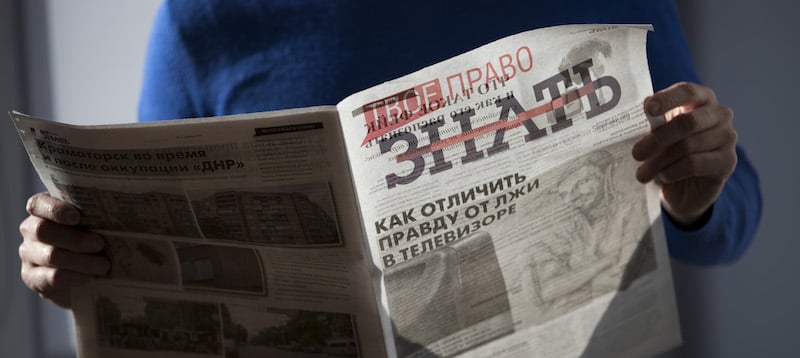
“We are like in the trenches, on the first line of a hybrid war,” says Mauro Voerzio, an editor of StopFake Italian. According to him, countering disinformation in Italy is not an easy task. First, the Italian government became noticeably pro-Russian, and second, telling the truth about Ukraine is not always possible, because the Italian government controls the information arena in the country. Nevertheless, he is sure that there is still light at the end of the tunnel. “The future is ours. People begin to listen to us and understand the situation.“
Currently StopFake refutes disinformation not only on the website but also with the help of weekly video news digests in Russian, English and Ukrainian, and produces weekly radio news digests and publishes a monthly newspaper “Your Right to Know”, which is distributed free of charge to residents of the Donetsk and Luhansk areas with a circulation of 200,000 copies.
[spacer style=“1″]
There is only one way to overcome propaganda and that is through the introduction of media literacy and education
In recent years, one of the key components of the project’s activities has been conducting media literacy training and media competency development among journalists, civil society activists, teachers in schools and universities, and even politicians.
For example, in 2016, together with colleagues from Bellingcat, StopFake held a seminar on “Teaching Fact-Checking and Information Verification at Universities”. Sixteen journalism teachers and heads of media programs from 13 universities in Ukraine participated in the seminar. The project resulted in the collective development of a curriculum on fact-checking for journalism students from Ukrainian universities.
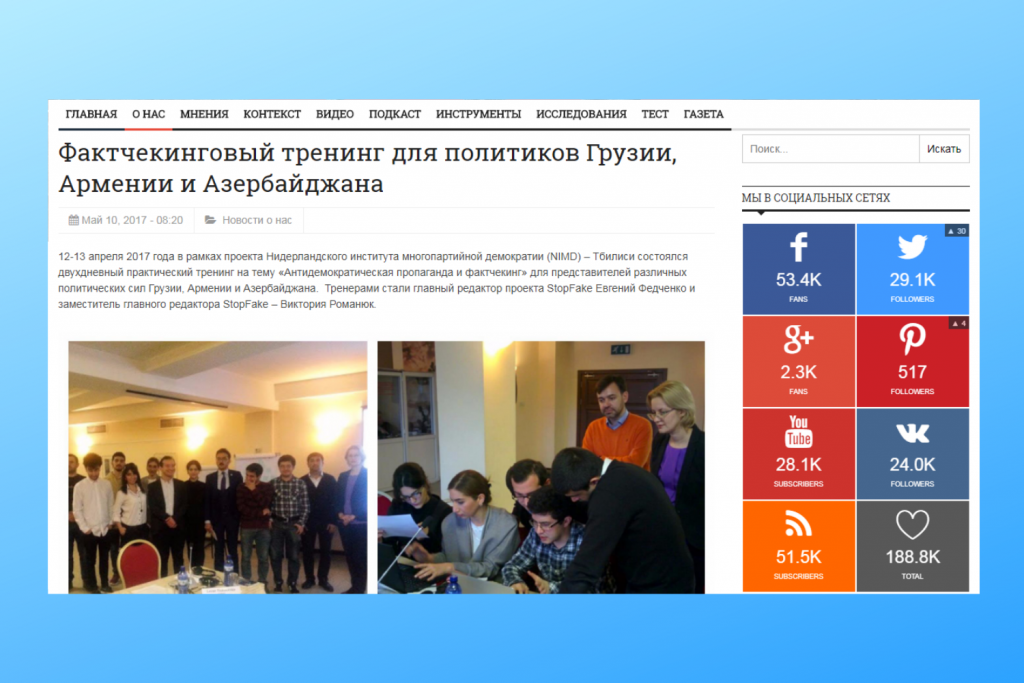
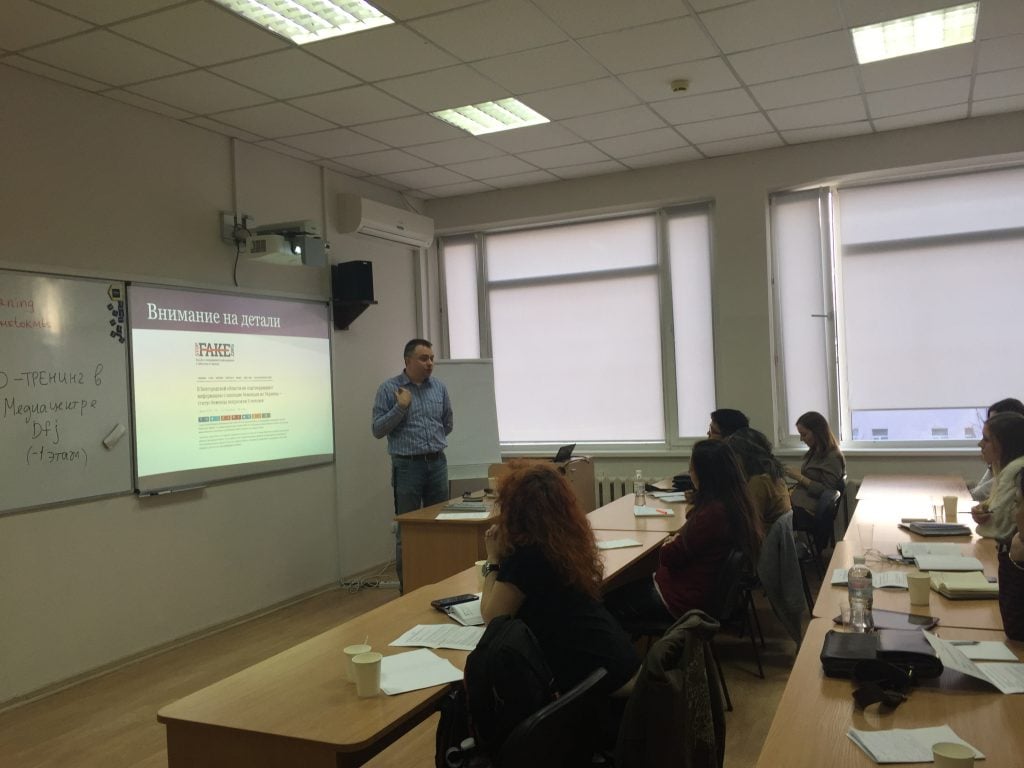
Also in 2016, after an invitation from MediaNet International Centre for Journalism, StopFake trainers conducted training on how to fact-check politicians and verify open source data, as well as search and expose fake news for Kazakhstan journalists. Later, in the framework of the project of the Netherlands Institute for Multiparty Democracy (NIMD) and the UK Conflict Stability and Security Fund (CSSF), StopFake conducted a two-day training session in Tbilisi on identifying and countering external propaganda, as well as on political fact-checking for young politicians from Georgia, Armenia and Azerbaijan.
According to Yevhen Fedchenko, chief editor of StopFake and director of the Mohyla School of Journalism, “using those skills should become an indispensable part of the work of a modern journalist, which would bring the profession to a new qualitative level.”
In 2018, StopFake joined the IREX project “Learn to Discern: Information and Media Literacy”. The goal of the program is to integrate elements of media literacy into school subjects, as well as to develop skills for critical thinking and media literacy for students of secondary schools in Ukraine, which are necessary to resist the influence of disinformation and propaganda.
Under this program, in cooperation with the Ministry of Education and Science of Ukraine, curricula and course materials are being developed, which will be integrated into the curricula of 150 schools in nine cities of Ukraine.
Victoria Romaniuk, StopFake deputy editor-in-chief, says that
“this project is perhaps the most important and responsible for us because this is about children. At various conferences and public events, media experts and politicians talk so often about the need for changes in education. We do it successfully. For us, participation in the development of new curricula is a good opportunity to introduce new technologies into the educational process, to show teachers examples of integrating modern media in traditional topics. The use of modern media context and content allows for a different look at traditional topics. For example, a history teacher can work with examples of historical fakes and refute them together with students. In the lessons of the Ukrainian language and literature, they can work with modern media texts. The modern media space produces daily examples that are important to discuss with our children.”
[spacer style=“1″]
International Recognition
The results of the work of the Stopfake team have been highly praised internationally.
Over five years of work, more than 300 of the world’s media have reported on the project, including the New York Times, CNN, Politico, Washington Post and others.
In 2014, StopFake received The Bobs award from Deutsche Welle as the best project in Russian. In 2016, StopFake was included in the list of New Europe 100 (changemakers in Central and Eastern Europe), compiled by Res Publica, Google, Visegrad Fund, and the Financial Times.
In 2017, the StopFake project received the prestigious Democracy Prize from the National Democratic Institute (NDI) as a leading organization in the global fight against propaganda and disinformation.
In 2016, StopFake became a partner of the First Draft global network, which works to improve the quality of online journalism. The network was founded in September 2016 and brought together influential media companies, including Facebook, Twitter, YouTube, the New York Times, BuzzFeed News, the Washington Post and CNN. The main goal of the partnership is improving the skills and standards of digital media outlets, information exchange, fact-checking and verification of eyewitness accounts.
Together with the experts from the Centrum Stosunków Międzynarodowych in Warsaw, StopFake participated in the “Information Warfare on the Internet” project, dedicated to countering pro-Kremlin disinformation in Central and Eastern Europe. The project’s goal is to monitor online media in those countries of the region in search of common patterns and key themes that are being manipulated, to determine if the disinformation strategies are changing, and track similarities or differences, depending on the countries where they are being propagated.
In 2017, British journalist Tim White and a team at StopFake created the documentary “Nothing But Lies: Fighting Fake News,” which tells the story of the origin of fake news — from the time of World War II, analysing the evolution of this phenomenon — through events in Estonia, the war in Ukraine, the MH17 tragedy and the US elections. Famous journalists and propaganda experts explain what fake news is, what the secret of their popularity is, and how this issue can be solved. The film also tells in detail the work of StopFake in countering Russian disinformation in Ukraine.
[spacer style=“1″]
More facts about StopFake in numbers:
[list][item icon=“fa-clock-o“]5 years of work[/item][/list]
[list][item icon=“fa-map-marker“]13 language versions (Ukrainian, Russian, English, Romanian, Spanish, Bulgarian, French, Czech, German, Polish, Serbian, Dutch and Italian) [/item][/list]
[list][item icon=“fa-laptop“]10 000 000 site visitors[/item][/list]
[list][item icon=“fa-facebook“]100 thousand followers on Facebook[/item][/list]
[list][item icon=“fa-twitter“]38 thousand followers on Twitter [/item][/list]
[list][item icon=“fa-comment“]188 thousand – the total number of followers in social media[/item][/list]
[list][item icon=“fa-youtube“]230,000 hours of video digests (252 video digests in Russian, 226 digests in English)[/item][/list]
[list][item icon=“fa-headphones“]144 podcasts[/item][/list]
[list][item icon=“fa-archive“]200,000 copies of the monthly newspaper “Your Right to Know” [/item][/list]
[list][item icon=“fa-puzzle-piece“]2640 refutations[/item][/list]


